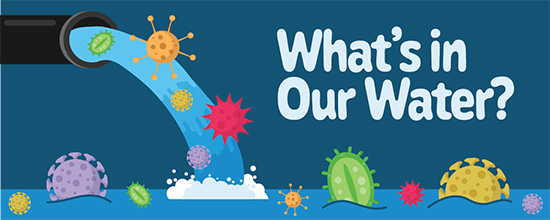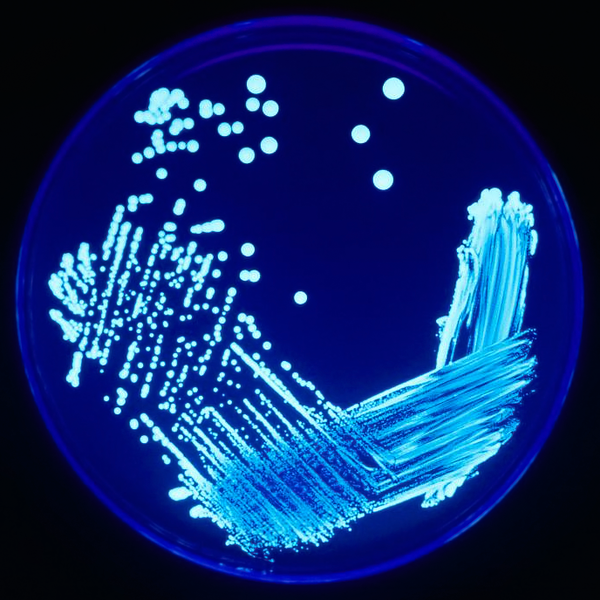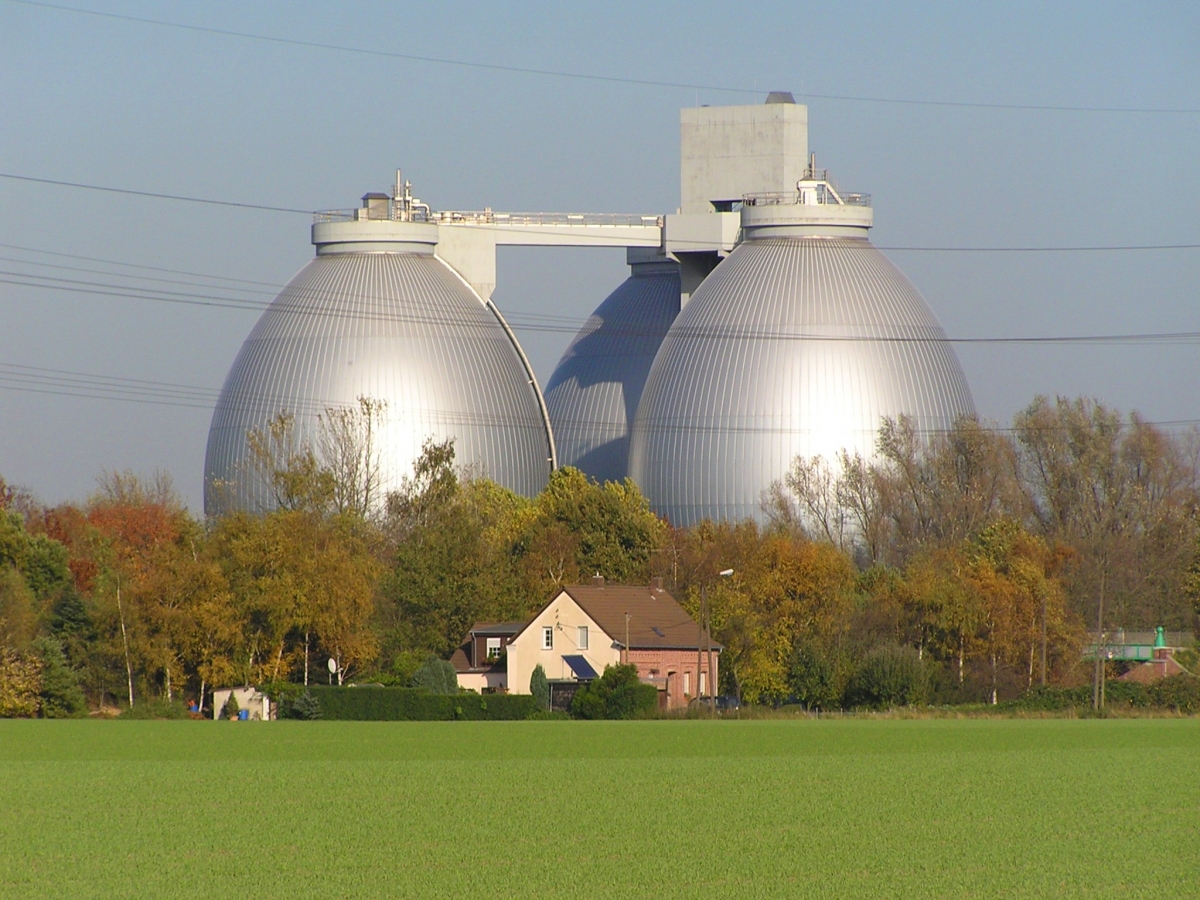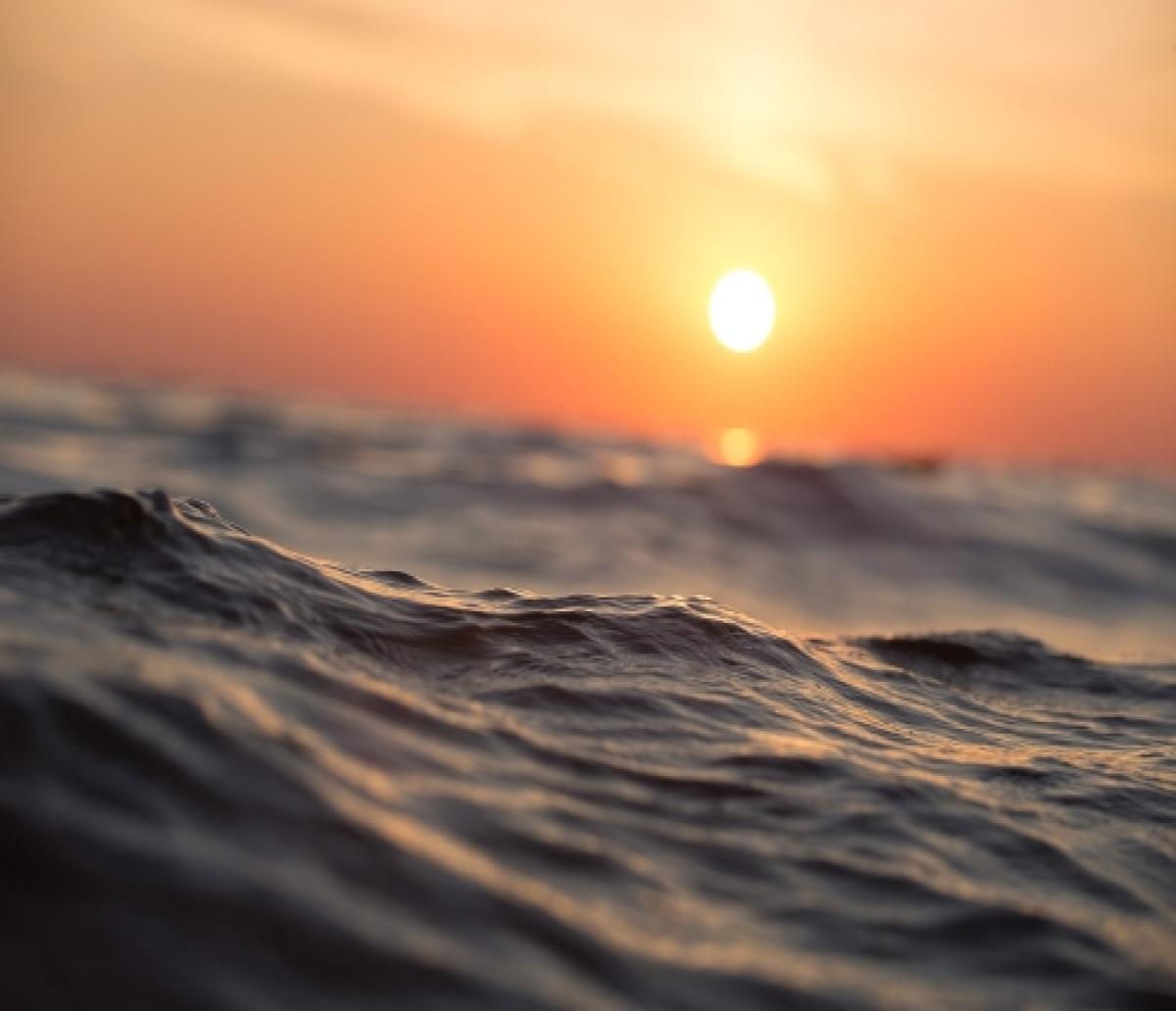
Illustrated by: Hannah Kalas

Grab a cup and pour yourself a glass of water. If you look into it, you probably won’t see much of anything. While our water is usually crystal clear, there are actually countless microbes that live in it. Most of the time these microscopic organisms don’t cause much of a problem. In fact, we ingest microbes constantly–not just in our water, but through the food we eat and the air we breathe. Sometimes though, harmful microbes can grow in the water we drink. And when we drink them in, they can cause serious problems. Kerry Hamilton’s research focuses on this problem. She is working to find the bad bacteria in our water and to learn how we can manage these organisms.
Deep dives to look for bacteria
Bacteria make up the world around us, and sometimes it is a lot closer than we think! We can’t escape them, and we often shouldn’t want to. You may have heard a bit of the microbiome, the name for the collection of microbes that live on and inside of us. Many of them help us process foods and create vital nutrients we need to live. Some of them live on our skin and give us smelly body odor. But not all of these organisms are helpful, or even a mere annoyance. Some are bad for us.
Pathogens are what we call such microbes that cause disease. These tiny organisms can’t be seen with just our eyes, and we may miss them when looking through a microscope. This can make them tough to identify.
One of the ways that Hamilton finds pathogens is through their DNA. By using a tool called polymerase chain reaction (PCR), she can tell which bacteria are in our water and get an idea of how many there are. PCR is a technique used to tell if a gene is present by making many copies of it. When enough copies are made, scientists can then look for the genes of specific bacteria species. In Hamilton’s case, she does this with water samples. If a specific type of bacteria was in the water, then PCR would let her detect some of its genes. If the gene isn’t there after PCR, then she knows the bacteria wasn’t in the water.
We can also tell how many original copies of a gene there were. With that data we can estimate how many pathogens are in a water sample. Not only does this help Hamilton to identify the bacteria, but it can also help her learn how different bacteria interact. Knowing which genes are present can tell us a lot about the microbial community.
Going where the data flows

One of the pathogens that Hamilton’s lab works with are legionella bacteria. This group of bacteria has over 50 species that can affect the respiratory system. One illness they cause is a unique type of pneumonia known as Legionnaire’s Disease. While this disease is treatable with antibiotics, it is nothing to take lightly. It is particularly deadly for people who have weakened immune systems. So one place that we have to watch out for is a hospital. If the drinking water isn’t properly treated it could lead to a disease outbreak.
Hamilton uses the data her lab collects to understand when, where, and how to best prevent outbreaks. Lots of places in the world have water treatment plants or other barriers in place to manage water pathogens. However, these don’t catch all of the pathogens and in some areas water treatment may be lacking. Her research can help us understand what areas may be at risk for an outbreak.

Hamilton also wants to figure out how to reduce the cost of keeping pathogens in check. In some cases, people might clean their water systems by passing lots of water through it to remove pathogens, but this may not be the right option in water-scarce areas like deserts. Other places might heat up water tanks to kill the bacteria, but this can cost a lot of money and energy. Hamilton is learning how to be more efficient with how we treat our water. Using computer models, she can weigh the costs and benefits for different options.
One of the toughest challenges with this research is sifting through all of the data that’s out there. Over the past two decades scientists have analyzed the DNA of countless microbes. They’ve also learned about how individual pathogens cause disease. Hamilton sees that one big challenge is how to integrate all this information so we can make better sense of it. She works with scientists in many fields across the world to tackle this problem. Water is the basis for all life, so it’s all the more important that we work together to make it safe for everyone.
Ocean image credit Pexels on pixabay.
Read more about: What's in Our Water?
Bibliographic details:
- Article: What's in Our Water?
- Author(s): Christopher Albin-Brooks
- Publisher: Arizona State University School of Life Sciences Ask A Biologist
- Site name: ASU - Ask A Biologist
- Date published: 16 Apr, 2023
- Date accessed:
- Link: https://askabiologist.asu.edu/explore/water-pathogens
APA Style
Christopher Albin-Brooks. (Sun, 04/16/2023 - 15:10). What's in Our Water?. ASU - Ask A Biologist. Retrieved from https://askabiologist.asu.edu/explore/water-pathogens
Chicago Manual of Style
Christopher Albin-Brooks. "What's in Our Water?". ASU - Ask A Biologist. 16 Apr 2023. https://askabiologist.asu.edu/explore/water-pathogens
Christopher Albin-Brooks. "What's in Our Water?". ASU - Ask A Biologist. 16 Apr 2023. ASU - Ask A Biologist, Web. https://askabiologist.asu.edu/explore/water-pathogens
MLA 2017 Style

Water is important for all life on the planet, and as such life can be found almost anywhere that there is water. The ocean is full of creatures both large and small.
Be Part of
Ask A Biologist
By volunteering, or simply sending us feedback on the site. Scientists, teachers, writers, illustrators, and translators are all important to the program. If you are interested in helping with the website we have a Volunteers page to get the process started.



